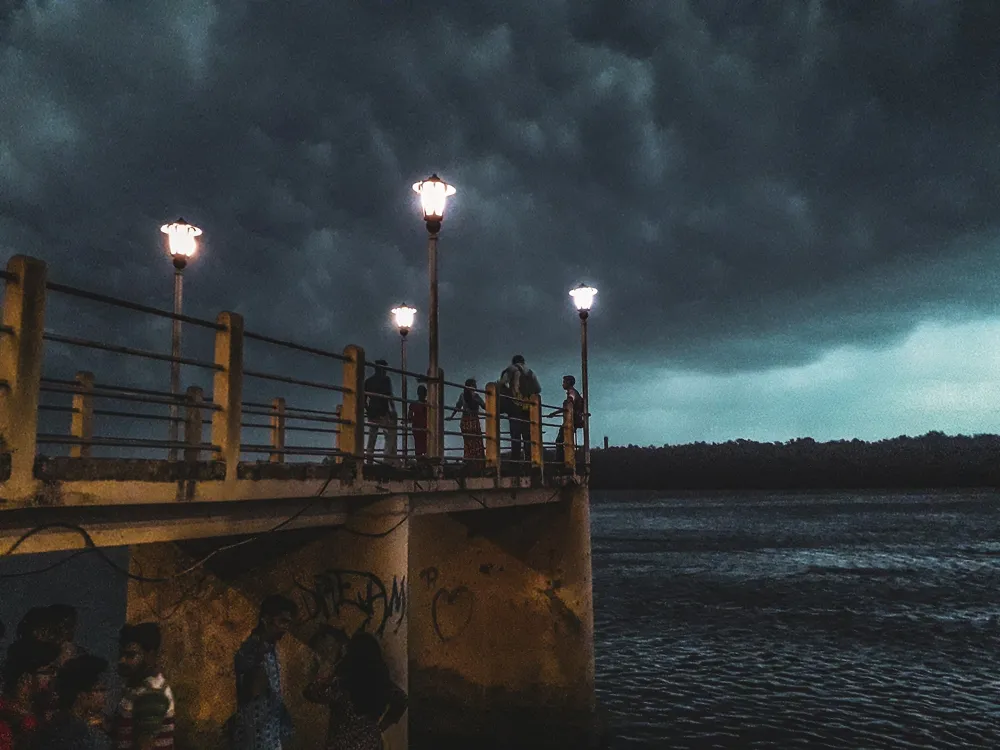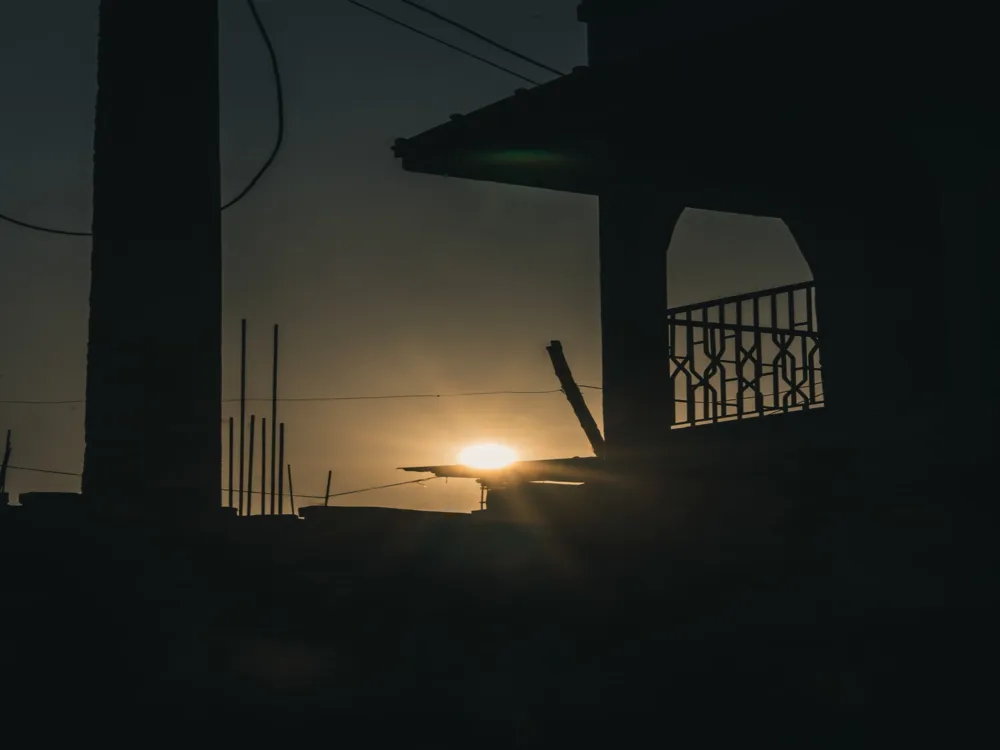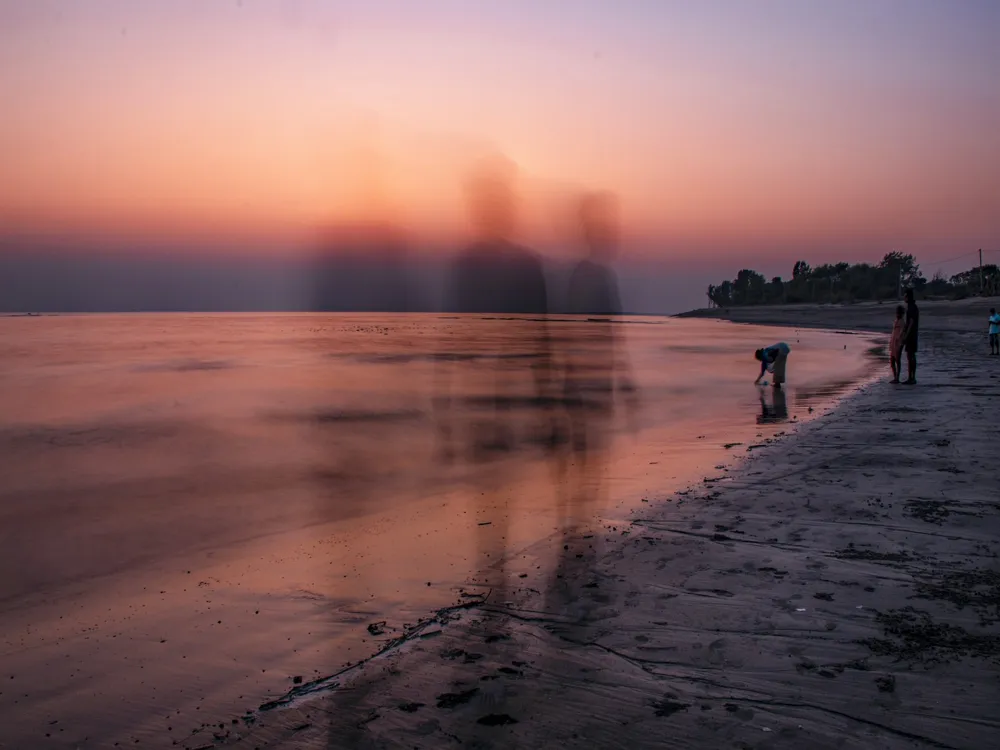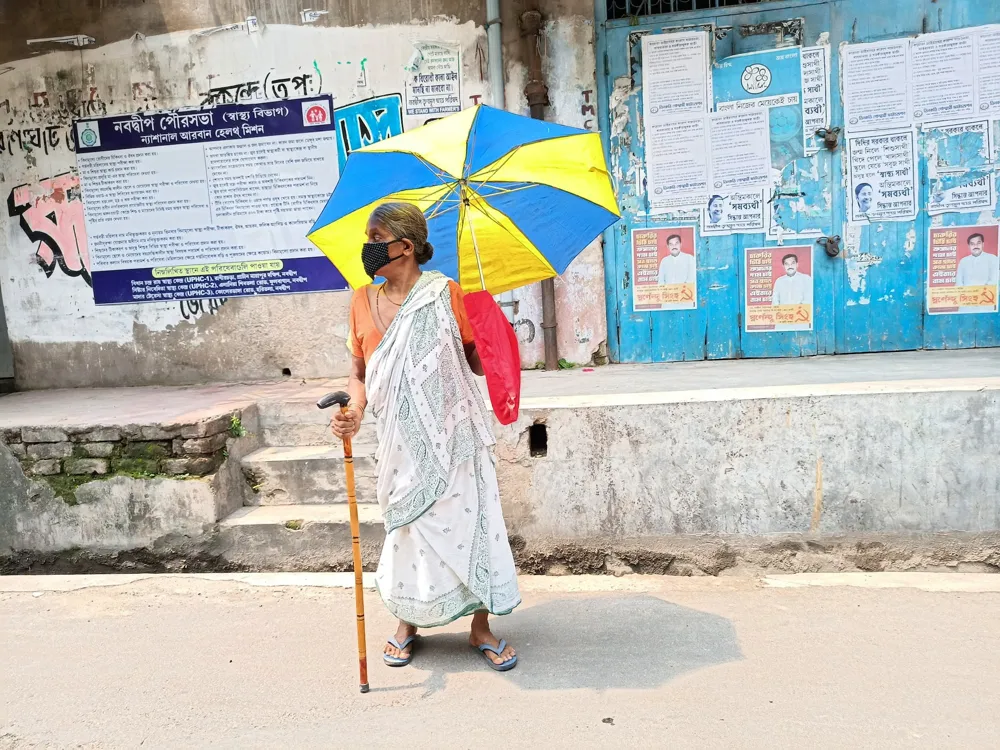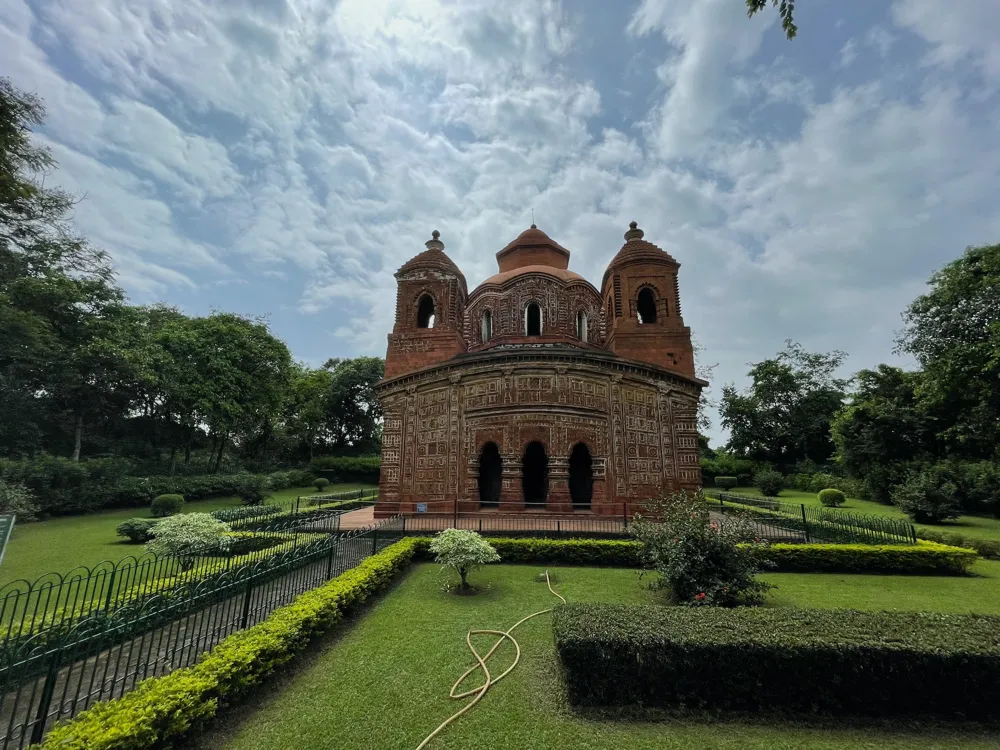St. Paul's Cathedral, a quintessential emblem of Kolkata's rich history and culture, stands as a testament to the architectural ingenuity of the 19th century. Established in 1847, it's not just an edifice of religious significance but a beacon of colonial history, reflecting the era's Gothic Revival architecture. The cathedral, located in the heart of Kolkata, West Bengal, is more than just a place of worship; it's a symbol of artistic and cultural amalgamation, attracting visitors from across the globe. The construction of St. Paul's Cathedral was initiated by Bishop Daniel Wilson in 1839 and was completed in 1847. It holds the distinction of being the first Episcopal Church of the Eastern world. The cathedral has witnessed several renovations and reconstructions, especially after suffering damage from earthquakes. Despite these challenges, it has managed to retain its original charm and grandeur. The cathedral's interior and exterior are adorned with intricate artwork and stained-glass windows, each telling a story of its rich past and spiritual journey. Visitors to St. Paul's Cathedral are immediately struck by its impressive facade, featuring pointed arches, ribbed vaults, and flying buttresses – elements characteristic of Gothic architecture. The cathedral's spire, soaring into the Kolkata skyline, is a landmark that's visible from various parts of the city. The serene and lush green surroundings of the cathedral provide a tranquil escape from the bustling city life, making it a perfect spot for contemplation and introspection. The cathedral's significance extends beyond its architectural beauty. It has been a pivotal site for many historical events and continues to be an active center for the Christian community in Kolkata. Its role in promoting interfaith dialogue and cultural exchange is noteworthy, making it a place that transcends religious boundaries. St. Paul's Cathedral is not just a tourist attraction; it's a living piece of history that continues to inspire and educate its visitors. The architecture of St. Paul's Cathedral in Kolkata is a splendid example of Gothic Revival architecture, a style that was predominant in Europe during the late 18th and early 19th centuries. This architectural style is characterized by its detailed and ornate design, pointed arches, ribbed vaults, and flying buttresses. The cathedral's design was inspired by the Canterbury Cathedral in England, but it has been adapted to suit the local climate and conditions of Kolkata. One of the most striking features of the cathedral is its towering spire, which stands at a height of about 61 meters (200 feet). The spire is not only a visual marvel but also an engineering feat, especially considering the time of its construction. The cathedral's exterior is equally impressive, with its beautifully crafted stone work, intricate carvings, and elaborate stained glass windows. These windows, particularly notable for their vivid colors and patterns, depict various biblical scenes and are a major attraction for visitors. The interior of the cathedral is just as magnificent as its exterior. The nave, the central part of the cathedral, is spacious and adorned with exquisite artwork and sculptures. The cathedral's high altar, with its elaborate decoration and intricate detailing, is a focal point of the interior. The wooden pews, ornate pulpit, and the bishop's throne add to the cathedral's grandeur. The cathedral also houses several memorials and plaques that commemorate important figures and events in the history of the Anglican Church in India. Another notable aspect of St. Paul's Cathedral's architecture is its adaptation to the local climatic conditions. The cathedral's design includes large, wide verandas and louvered doors, which allow for air circulation and provide relief from Kolkata's tropical climate. The use of local materials in construction and the integration of Indian architectural elements showcase the fusion of Western and Eastern design principles. In summary, the architecture of St. Paul's Cathedral, Kolkata, is a masterpiece that showcases the brilliance of Gothic Revival architecture while incorporating local elements. Its beauty lies not just in its grandeur and design but also in its ability to adapt and stand the test of time. The best time to visit St. Paul's Cathedral is during the winter months from November to February. The weather during this period is pleasant, making it ideal for exploring the cathedral and its surroundings. Visitors should also consider attending the special services held during Christmas and Easter for a truly immersive experience. Visitors are advised to dress modestly as St. Paul's Cathedral is a place of worship. Avoid wearing revealing or flashy clothing. It's also important to maintain silence inside the cathedral to respect those who are praying or meditating. Photography is usually allowed inside the cathedral, but it's advisable to check for any specific rules or restrictions on the day of your visit. Use of flash photography and tripods might be restricted to prevent disturbance to other visitors and to preserve the sanctity of the site. St. Paul's Cathedral is accessible to people with mobility issues. Ramps and designated pathways are available for easy access. However, some areas might still be challenging to reach, so assistance is recommended for those who need it. St. Paul's Cathedral in Kolkata is easily accessible by various modes of transport. The nearest metro station is Rabindra Sadan, which is just a short walk away from the cathedral. For those preferring to travel by bus, several routes pass through or near the cathedral. Taxis and app-based ride services are also widely available throughout the city, offering a convenient option for reaching the cathedral. For tourists staying in central Kolkata, the cathedral is often within walking distance or a short ride away. Read More:Overview of St. Paul's Cathedral, Kolkata
Architecture of St. Paul's Cathedral, Kolkata
Tips When Visiting St. Paul's Cathedral, Kolkata
Best Time to Visit
Dress Code and Conduct
Photography Guidelines
Accessibility
How To Reach St. Paul's Cathedral, Kolkata
St. Paul's Cathedral Kolkata
Kolkata
West Bengal
NaN onwards
View kolkata Packages
Weather :
Tags : Church & Cathedral
Timings : Monday - Saturday: 9:00 AM - 12:00 PM, 3:00 PM to 6:00 PM
Sunday: 7:30 AM - 6:00 PM
Time Required : 1-2 hrs
Entry Fee : No entry fee
Planning a Trip? Ask Your Question
Kolkata Travel Packages
View All Packages For Kolkata
Top Hotel Collections for Kolkata

Private Pool

Luxury Hotels

5-Star Hotels

Pet Friendly
Top Hotels Near Kolkata
Other Top Ranking Places In Kolkata
View All Places To Visit In kolkata
View kolkata Packages
Weather :
Tags : Church & Cathedral
Timings : Monday - Saturday: 9:00 AM - 12:00 PM, 3:00 PM to 6:00 PM
Sunday: 7:30 AM - 6:00 PM
Time Required : 1-2 hrs
Entry Fee : No entry fee
Planning a Trip? Ask Your Question
Kolkata Travel Packages
View All Packages For Kolkata
Top Hotel Collections for Kolkata

Private Pool

Luxury Hotels

5-Star Hotels

Pet Friendly








